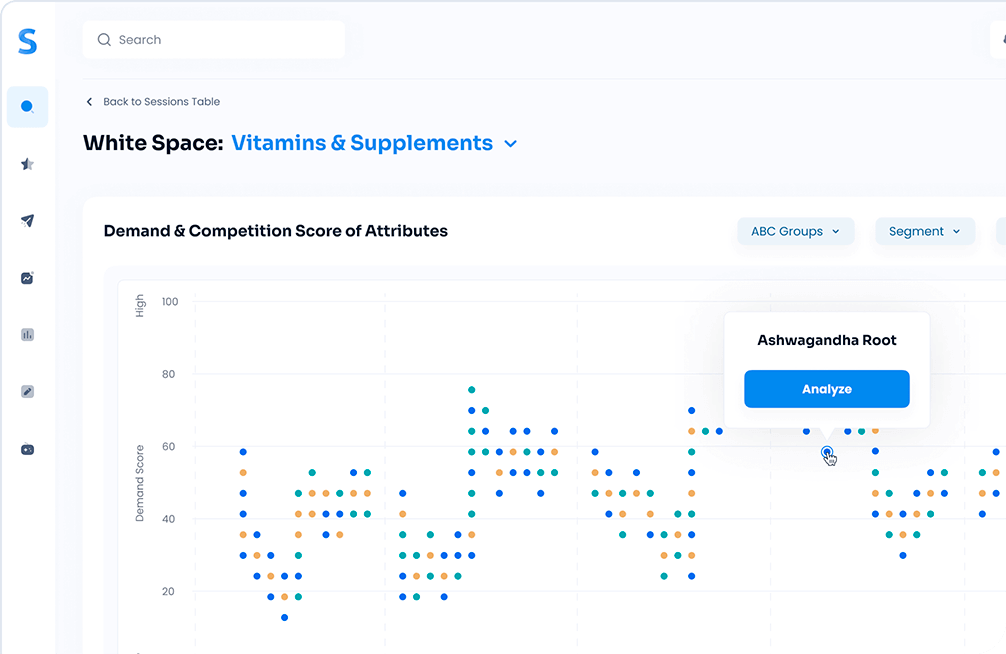In the ever-evolving world of business, one thing is certain: understanding the future is crucial. The power to predict where the market is heading isn’t a superpower; it’s a science. Predicting trends is about recognizing patterns, analyzing data, and using those insights to make informed decisions. When we talk about products, especially consumer products, these decisions are often directed by the needs and wants of the end-users. Hence, tapping into consumer demands becomes equally vital.
The intersection of predicting trends and meeting consumer demands is where magic happens. It’s where products are born that resonate with people, filling a gap they may not even have known existed. This alignment isn’t a matter of luck; it requires an understanding of market dynamics, customer behavior, and a bit of foresight.
So, how do businesses manage to be in the right place at the right time, with the right product? It starts with embracing the complexity of modern markets and harnessing the tools and techniques that enable us to see beyond the here and now. As we’ll discover, predicting trends and understanding consumer demands is not just possible; it’s a tangible pathway to success.
Predicting Product Trends in Modern Markets

The ability to see beyond the current moment and recognize the patterns and shifts in consumer behavior is no small feat. It’s an art that’s backed by data and a deep understanding of the market. In this age, predicting trends isn’t merely an educated guess; it’s an informed analysis. Here’s a closer look at how this is achieved.
Importance of Ingredients, Sensory Attributes, and Need States
Imagine launching a new food product. The ingredients, the way it feels, smells, and tastes, all play a crucial role in its success. These sensory attributes are often dictated by societal shifts, cultural influences, and changing needs. For example, a rise in health consciousness might lead to a trend in organic ingredients. Recognizing these patterns can allow businesses to innovate and create products that align with these emerging inclinations. Consumer demands are not static, and neither are the trends. The key is to stay ahead and adapt.
Analyzing Social Media and eCommerce Data
Data is the golden nugget in the treasure chest of trend prediction. Platforms like Instagram, online reviews, product descriptions, and search data provide a window into the collective consumer mindset. People express their likes, dislikes, wants, and needs online. Analyzing this information paints a vivid picture of where the market is heading.
Let’s say a hashtag related to sustainable products starts trending on Instagram. This is more than a fleeting social media phenomenon; it could indicate a broader movement towards environmentally responsible consumption. Brands that recognize this trend early can position themselves as leaders in sustainability.
Similarly, eCommerce reviews and product searches reveal what consumers are looking for, what they appreciate, and what they wish was different. This rich information is more than just feedback; it’s a roadmap to the future. It tells us what is resonating with the audience and what might become the next big thing.
Predicting trends in modern markets is about listening, observing, and understanding. It’s about connecting the dots between different data sources and translating them into actionable insights.
Applying Research into Concept Development

Having a clear understanding of the market’s direction is a substantial first step, but how do we translate these insights into tangible products? The transition from predicting trends to actual concept development is where the rubber meets the road. It’s where abstract ideas transform into concrete realities, and it all starts with research.
Attributes and Their Combinations
The core of concept development lies in recognizing attributes that resonate with consumers. Attributes are the distinct characteristics that define a product. They can be anything from specific ingredients to unique design features or functionalities.
Let’s take the case of a new smartphone. If the research indicates that consumer demands are leaning towards better battery life and enhanced security features, these become the key attributes for the product. But it doesn’t stop there. Combining different attributes, understanding how they interplay, and applying this knowledge into concept creation is where the true innovation happens.
The combination of attributes leads to diverse concepts. The blend of superior battery life with cutting-edge security might lead to a smartphone concept that appeals to professionals on the move. The challenge is to balance these attributes to create something that’s not just new but also meaningful and desirable.
Ranking and Evaluating Concepts
Once the concepts are formed, how do we know which ones have the potential to be winners? This is where ranking and evaluating come into play. It involves assigning scores to different concepts based on the attributes and their influence on the overall product idea.
It’s not just about stacking attributes and hoping for the best. It’s about understanding how different attributes work together to create a cohesive concept that aligns with current and future trends.
Imagine having ten different concepts for the same smartphone. Some might prioritize design, while others might focus on functionality. The ranking process helps to filter through these ideas, emphasizing the ones that align with the predicted trends and consumer needs.
The Role of AI in Generating and Testing Concepts

In an age where the volume of information is growing at an exponential rate, human ingenuity alone may not be enough to keep pace with the dynamism of the market. Enter Artificial Intelligence (AI). This technology isn’t just another tool; it’s an extension of our analytical capabilities. Particularly in predicting trends and meeting consumer demands, AI plays a transformative role.
AI-Driven Concept Generation
Generating product concepts manually is a creative process but can be time-consuming and restricted by human biases. AI changes this landscape by automating concept generation. Using algorithms that process vast amounts of data, AI can identify patterns and correlations that might go unnoticed by human analysts.
Imagine a fashion brand that wants to create the next trendsetting outfit. By analyzing data from social media, online stores, and fashion blogs, AI can generate concepts that align with current fashion movements. Whether it’s a preference for sustainable materials or a particular style taking the world by storm, AI captures these nuances and turns them into actionable ideas.
It’s like having a creative team that never sleeps, constantly absorbing the world’s fashion pulse and translating it into fresh and relevant concepts.
Automated Concept Testing
Once these concepts are generated, how do we know they will succeed? That’s where automated concept testing comes in. AI isn’t just great at generating ideas; it’s also adept at evaluating them.
Utilizing machine learning models, AI can simulate consumer responses to different concepts. It can analyze how various attributes might resonate with different segments of the market. If a concept is leaning heavily on an eco-friendly angle, AI can assess how this aligns with the broader consumer sentiment towards sustainability.
Think of it as a virtual focus group that provides immediate feedback. It’s an agile and efficient way to fine-tune concepts, making sure they hit the right chords.
The integration of AI in the process of generating and testing concepts is more than a technological advancement; it’s a paradigm shift. It amplifies human creativity with machine precision, combining the best of both worlds. It’s about enhancing our capacity to innovate and staying aligned with the ever-changing landscape of consumer preferences.
In a world where staying ahead of the curve is paramount, AI’s role in turning the insights gathered from predicting trends into concrete concepts is invaluable. It bridges the gap between what we know and what we can create, unlocking new horizons of possibilities and success.
Forecasting and Incremental Sales Analysis

A successful product launch requires more than a great idea. It demands precise planning and a deep understanding of the landscape. Two critical components that guide this process are forecasting and incremental sales analysis.
Forecasting Sales: The practice of predicting sales for a product before it reaches the market has evolved significantly with technological advancements. By utilizing data analytics, businesses can gauge the potential success of a product, identifying areas that resonate with consumer demands and refining them to align with market expectations. Forecasting doesn’t just help in predicting trends; it allows companies to prepare for the future, stocking shelves with the right products at the right time.
Incremental Sales Analysis: In parallel with forecasting, incremental sales analysis helps businesses measure the additional sales generated from new marketing strategies or product launches. Understanding the incremental impact enables companies to optimize their resources, ensuring that investments are directed towards avenues that will truly drive growth.
Utilizing Technology for Accuracy: Modern tools and AI algorithms are now at the core of these analyses. These intelligent systems sift through vast datasets, drawing connections and identifying patterns that might not be apparent to the human eye. It’s not just about anticipating what consumers want; it’s about knowing it before they do.
Strategic Planning and Risk Mitigation: With accurate forecasts and a clear understanding of incremental sales, businesses can strategize with confidence. They can allocate resources more efficiently, tailor marketing efforts to match anticipated demand, and reduce the risks associated with launching new products. The combination of these elements leads to a more cohesive and effective product strategy.
Adaptation and Real-time Adjustments: The market is fluid, and consumer preferences can change on a whim. The ability to adapt forecasts and strategies in real-time is an invaluable asset. Modern forecasting tools provide this flexibility, ensuring that businesses remain aligned with market dynamics and responsive to shifts in consumer demands.
In summary, forecasting and incremental sales analysis are indispensable tools in the modern business toolkit. By employing intelligent analytics and embracing a data-driven approach, companies can navigate the complex terrain of product development with greater assurance. These methodologies are more than mere statistical exercises; they reflect a profound understanding of the market and the factors that drive success. It’s not just about launching a product; it’s about launching the right product.
Simporter: A Tool for Product Success
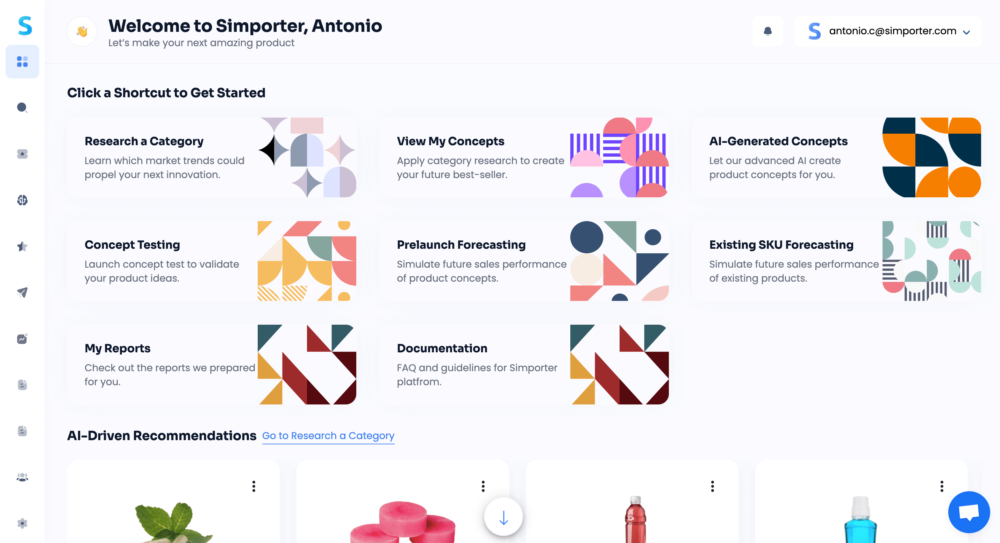
Navigating the intricate path to product success involves a plethora of tasks, including predicting trends, understanding consumer demands, and making informed decisions. In this evolving landscape, a tool that integrates all these aspects is not only helpful but crucial. Simporter stands out as such a tool.
Predicting Product Trends: By capturing and analyzing various data sources like Instagram mentions, passion, eCommerce reviews, product descriptions, and search data, Simporter unravels the hidden patterns that define market trends. It doesn’t just follow the trends; it sees them coming.
Combining Attributes for Concept Development: One of Simporter’s standout features is the ability to combine different attributes, such as ingredients, sensory attributes, and need states. These factors are then synthesized into concepts, scored, and ranked to represent their potential success in the market. By leveraging this integrated approach, businesses can construct concepts that resonate more deeply with consumers.
GPT Integration for Concept Descriptions: Simporter utilizes GPT to automatically generate concept descriptions. This not only enhances creativity but also identifies the highest-performing concepts. Through automation, the process becomes more efficient, freeing up valuable time for strategic planning.
In-Tool Concept Testing: What’s more, Simporter offers the functionality to test your concepts within the same platform. This seamless integration ensures that concepts are not just created but are put to the test, providing immediate insights into their viability.
Forecasting Sales with AI: Building upon traditional forecasting methodologies, Simporter incorporates AI to provide a more precise sales forecast. This AI-powered approach, in conjunction with incremental sales analysis, leads to a more accurate and actionable understanding of the market landscape.
In conclusion, Simporter is more than just a tool; it’s a comprehensive solution designed to align with the complexities of the modern product development cycle. By offering a unified platform that integrates key aspects of trend prediction, concept creation, testing, and forecasting, Simporter is revolutionizing the way businesses approach product success. It’s about not just surviving in the market, but thriving with confidence and intelligence.
Step-by-Step Overview of Simporter’s Process for Toilet Cleaners
Let’s dissect this streamlined process that focuses on predicting trends and meeting consumer demands in a step-by-step fashion using Simporter.
1. Understanding Market Dynamics: The initial step in the process involves an in-depth understanding of the market. From customer reviews to social media interactions, Simporter’s AI scans various data points to identify the underlying trends and consumer preferences.
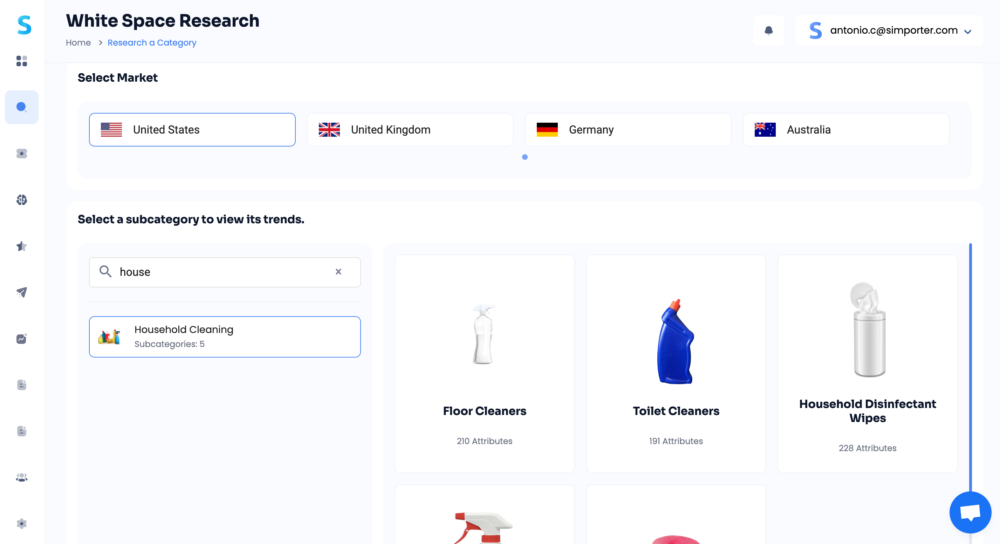
2. Defining Product Attributes: Building on the insights gathered, the next step involves defining key product attributes such as sensory details, ingredients, and need states. This ensures that the eventual product is in line with market demands and resonates with consumers.
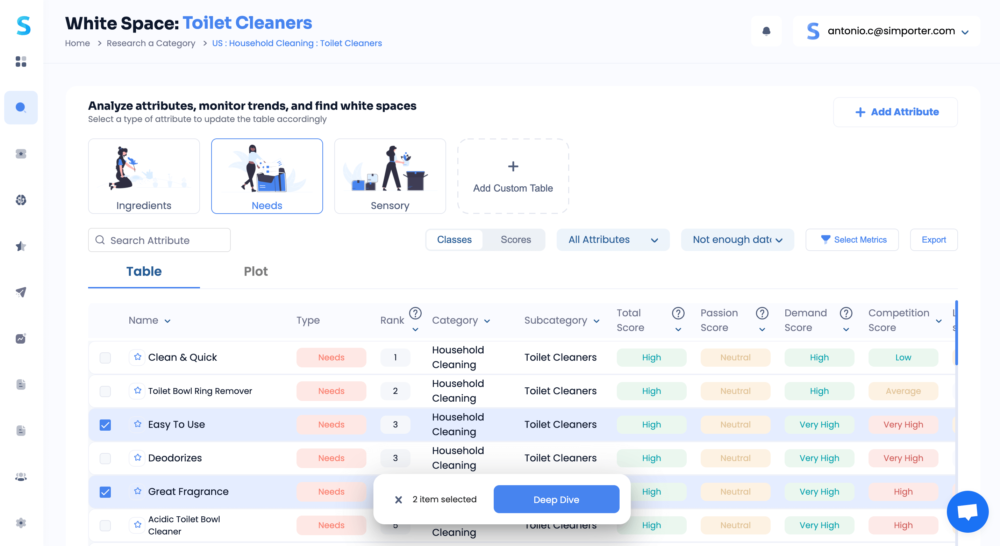
3. Generating Concepts with AI Integration: Simporter leverages cutting-edge AI to create product concepts, aligning them with the identified trends and consumer expectations. This phase culminates in a set of unique, high-potential concepts ready for evaluation.

4. Ranking and Scoring Concepts: The generated concepts are then ranked and scored based on a proprietary algorithm that considers various success factors. This objective assessment helps to single out the concepts that have the most promising potential.
5. In-Tool Testing and Analysis: One of Simporter’s standout features is the ability to test and analyze the concepts within the platform itself. By conducting this validation in-house, it ensures a faster and more reliable assessment.

6. Forecasting Sales with AI: Utilizing AI-powered analytics, Simporter forecasts the sales performance of the chosen concepts. This forecast is based not just on historical data but on real-time market insights, providing a future-ready perspective.
7. Strategic Planning and Risk Mitigation: Finally, armed with actionable insights and validated concepts, businesses can engage in strategic planning. This includes the development of launch strategies and risk mitigation plans, positioning the product for success in the market.
The whole process doesn’t just end with planning; Simporter’s continuous monitoring and adaptive algorithms allow for ongoing refinement and optimization, ensuring that the product remains aligned with the ever-changing consumer landscape.
In a nutshell, Simporter’s process is more than a linear pathway; it’s a dynamic, iterative cycle that supports businesses from inception to execution, with a sharp focus on predicting trends and tuning into consumer demands. With the integration of modern tools, intelligent algorithms, and a user-friendly interface, it offers a roadmap that is not only efficient but also intelligent, leading businesses towards a successful product launch.
Conclusion
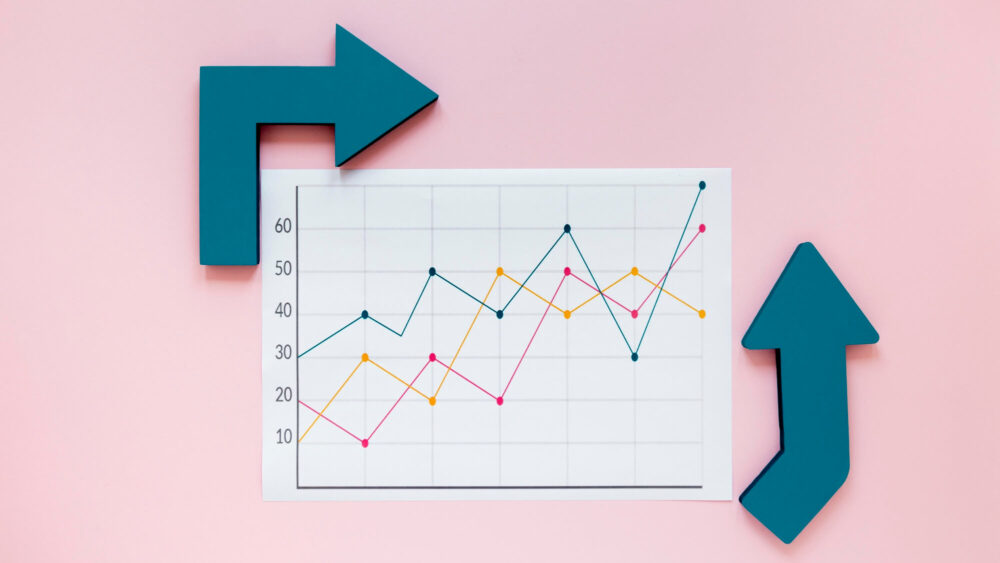
In the fast-paced world of product development, the importance of predicting trends and understanding consumer demands cannot be overstated. As we’ve explored throughout this article, modern methodologies, innovative technologies like AI, and specialized tools like Simporter offer businesses the means to not only navigate but thrive in this complex landscape.
Simporter’s unique approach, which we’ve delved into step by step, embodies the convergence of analytics, creativity, and strategic planning. It’s a symbiotic relationship that binds market understanding with product innovation, driving the creation of offerings that resonate with the contemporary consumer.
The integration of real-time analysis, AI-powered forecasting, and meticulous planning empowers businesses to forge ahead with confidence. In an era where change is constant and uncertainty a given, having a reliable process that focuses on predicting trends and aligning with consumer demands is a competitive edge that can define success.
Whether you are a seasoned market player or a new entrant, embracing these insights and tools can pave the way for a successful product journey. In the end, it’s about being responsive, adaptive, and intelligent in crafting solutions that not only meet but exceed consumer expectations. The future of product development is here, and it’s exhilarating.




